Health Care > QUESTIONS & ANSWERS > UC Course Portal SP1 BS in Health Sciences HSCI320 Medical Sociology 001, SP1_Week 2 Quiz 2. Grade 3 (All)
UC Course Portal SP1 BS in Health Sciences HSCI320 Medical Sociology 001, SP1_Week 2 Quiz 2. Grade 30 out of 30_100%
Document Content and Description Below
Social status is a(n) ___________ dimension in “social class” consisting of how accorded by other people. a. Objective. b. Subjective. c. Quantifiable. d. Hidden. e. None of the above. Pa... ge: 51 Subjective. A social class is a category or group of people who: a. Are in the same age range. b. Share similar ethnicity and culture. c. Live in the same neighborhood. d. Share similar levels of wealth, status, and power. e. None of the above. Page: 49 Share similar levels of wealth, status, and power. QUIZ NAVIGATION Show one page at a time Finish review 1 2 3 4 5 6 7 8 9 10 11 12 13 14 15 16 17 18 19 20 21 22 23 24 25 26 27 28 29 30 Question 3 Question 4 Question 5 For all causes of death, _____________ have the highest death rates. a. Whites. b. Non-Hispanic blacks. c. Hispanics. d. Asians/Pacific Islanders. e. American Indians/Alaskan Natives. Page: 96 Non-Hispanic blacks. A major factor causing the infant mortality difference between blacks and whites a. Sanitation. b. Health care. c. Poverty. d. Education. e. Insurance. Page: 97 Poverty. Several studies find that the strongest and most consistent predictor of a person a. Psychological profile b. Neighborhood. c. Gender. d. Social class. e. Income. Page: 49 Social class. Question 6 Question 7 Question 8 In order for a social variable to qualify as a cause of sickness and mortality it mu a. Influence multiple diseases. b. Affect diseases through multiple pathways of risks. c. Be reproduced over time. d. Involve access to resources that can be used to avoid risks. e. All of the above. Page: 64 All of the above. Compared to women, men usually have substantial health inferiority in terms of combination of two major effects: biological and ___________ effects. a. Physical exertion. b. Developmental. c. Social-psychological d. Environmental. e. Marital. Page: 83 Social-psychological Which is NOT one of the five classes proposed by Weber? a. Upper class. b. Upper-lower class. c. Working class. d. Upper-middle class. e. All of these are . Page: 51 Upper-lower class. Question 9 Question 10 Question 11 What is most prevalent health problem of persons over the age of 65? a. Heart disease. b. Stroke. c. Cancer. d. Hypertension. e. Arthritis. Page: 94 Arthritis. __________ represents the convergence of biological factors with geographic o political, and legal factors. a. Race. b. Age. c. Ethnicity. d. Gender. e. None of the above. Pages: 98 Race. Neighborhood disadvantage focuses on: a. Poor neighborhoods. b. Unhealthy urban living conditions. c. Southern states with high rates of poverty. d. Minority-populated neighborhoods. e. None of the above. Page: 62 Unhealthy urban living conditions. Question 12 Question 13 Question 14 Many elderly rate their health as good despite the health problems that often ac phenomenon suggest about the usefulness of self-rated heath as a tool to meas a. It is not accurate and probably should not be used. b. Just surviving to old age free of serious illness or disability is evidence of c. The elderly are able to perceive their health as good if they can perform t successfully. d. Both A and B. e. Both B and C. Page: 93 Both B and C. People living in poverty have the greatest exposure to risk factors producing ill h risk factor that is influenced by socioeconomic circumstances? a. Physical. b. Biological. c. Psychological. d. Lifestyle. e. All of the above. Page: 54 All of the above. ________________ has been found to make women particularly vulnerable to p a. Lack of control. b. Astrological patterns. c. Climate change. d. All of the above. e. None of the above. Page: 91 Lack of control. Question 15 Question 16 Question 17 Morbidity is: a. Sadness. b. The cause of illness. c. The sickness rate. d. The rate of death. e. All of the above. Page: 85 The sickness rate. What minority group is most likely to use hospital emergency rooms as their prim a. Non-Hispanic whites. b. Non-Hispanic blacks. c. Hispanics. d. Asians/Pacific Islanders. e. American Indians/Alaskan Natives. Page: 102 Hispanics. The type of lifestyle that promotes a healthy existence is typical in which class? a. Upper class. b. Middle class. c. Working class. d. Both A and B. e. Both B and C. Page: 55 Both A and B. Question 18 Question 19 Question 20 In 2008, a nationwide study of mortality in the United States revealed that life ex women had ___________ significantly between 1983 and 1999. a. Stagnated. b. Fluctuated. c. Remained the same. d. Increased. e. Decreased. Page: 79 Decreased. The _____________ hypothesis asserts that blacks are more prone to diseases syphilis that may result in secondary hypertension. a. Associated disorder. b. Genetic. c. Psychological stress. d. Physical exertion. e. Diet. Page: 96 Associated disorder. According to Weber, _________ is the ability to realize one’s will even against t a. Power. b. Prestige. c. Presence. d. Principle. e. None of the above. Page: 52 Power. Question 21 Question 22 Question 23 In quantitative studies, what variables are used to measure socioeconomic statu a. Social and human capital. b. Income, occupational prestige, and education. c. Income and wealth. d. Status, wealth, and power. e. Neighborhood characteristics. Page: 52 Income, occupational prestige, and education. Compared to other social classes, lower class individuals visit physicians _____ a. The same amount. b. Less often. c. More often. d. Not at all. e. None of the above. Page: 57 More often. Which component of social class is consistently the strongest single predictor o a. Income. b. Education. c. Wealth. d. Occupation. e. Neighborhood. Page: 52 Education. Question 24 Question 25 Question 26 The elderly population will depend on ________________ to keep them fit. a. Pensions. b. Social Security. c. Medicare. d. Medicaid. e. Medihealth. Page: 92 Medicare. What is the “intra-racial network effect?” a. It says that there is no difference in STDs across different racial groups. b. It discusses how health is improved by cross-cultural alliances and relatio c. The IRNE is a theory, which says that Hispanics are more likely to have a enclaves. d. It asserts that because of cross-cultural sex partners, STDs are spreading e. It suggests that segregation contributes to the high rate of STDs in the bla Page: 99 It suggests that segregation contributes to the high rate o New research is showing that the relationship between occupation, income, edu the life course, with __________ becoming more important for health as a perso a. Occupation. b. Education. c. Income. d. All of the above. e. None of the above. Page: 53 Income. Question 27 Question 28 Question 29 Which racial group in the United States is especially disadvantaged in regard to a. Non-Hispanic whites. b. Non-Hispanic blacks. c. Hispanics. d. Asians/Pacific Islanders. e. American Indians/Alaskan Natives. Page: 94 Non-Hispanic blacks. The finding that even the upper middle class lives shorter than the uppermost c longer than the one directly below it is evidence of what? a. Educational differences. b. Influence of deprivation. c. Social gradient in mortality. d. Social patterning of disease. e. None of the above. Page: 59 Social gradient in mortality. According to Richard Wilkinson, which is the most important variable influencing a. Degree of modernization. b. Access to quality health care. c. Income inequality within a country. d. Overall wealth of the country. e. Cultural lifestyles that promote health. Page: 56 Income inequality within a country. Question 30 Which of the following trends is most likely to strain health care delivery system future years? a. Increasing proportion of elderly in the population. b. Increasing size of the Hispanic population. c. Medical tourism. d. Reemergence of infectious diseases. e. All of the above. Page: 92 Increasing proportion of elderly in the population. [Show More]
Last updated: 2 years ago
Preview 1 out of 11 pages
.png)
Buy this document to get the full access instantly
Instant Download Access after purchase
Buy NowInstant download
We Accept:

Also available in bundle (2)
.png)
UC Course Portal SP1 BS in Health Sciences HSCI320 Medical Sociology 001, SP1_ FROM Week 1 Quiz 1 TO Week 8 Quiz 7. All Graded Q&A with 100% Score.
UC Course Portal ▶︎ SP(1) ▶︎ BS in Health Sciences ▶︎ HSCI320 Med Sociology (001) SP1 ▶︎ Week 1 ▶︎ Quiz 1. Grade 29 out of 30 (97%) UC Course Portal SP1 BS in Health Sciences HSCI320 Medical Sociol...
By QuizMaster 3 years ago
$28
9
.png)
THIS BUNDLE CONTAINS: UC Course Portal SP1 BS in Health Sciences HSCI320 Medical Sociology 001, SP1_Week 1 Quiz , Week 2 Quiz 2, Week 3 Quiz 3 Part 1& Part 2, Week 4 Quiz 4_Part 1 & Part 2, Week 5 Quiz 5, Week 6 Quiz 6 AND Week 8 Quiz 7. All Graded
UC Course Portal ▶︎ SP(1) ▶︎ BS in Health Sciences ▶︎ HSCI320 Med Sociology (001) SP1 ▶︎ Week 1 ▶︎ Quiz 1. Grade 29 out of 30 (97%) UC Course Portal SP1 BS in Health Sciences HSCI320 Medical Sociol...
By QuizMaster 3 years ago
$29
9
Reviews( 0 )
$7.00
Can't find what you want? Try our AI powered Search
Document information
Connected school, study & course
About the document
Uploaded On
Jul 31, 2022
Number of pages
11
Written in
Additional information
This document has been written for:
Uploaded
Jul 31, 2022
Downloads
0
Views
126

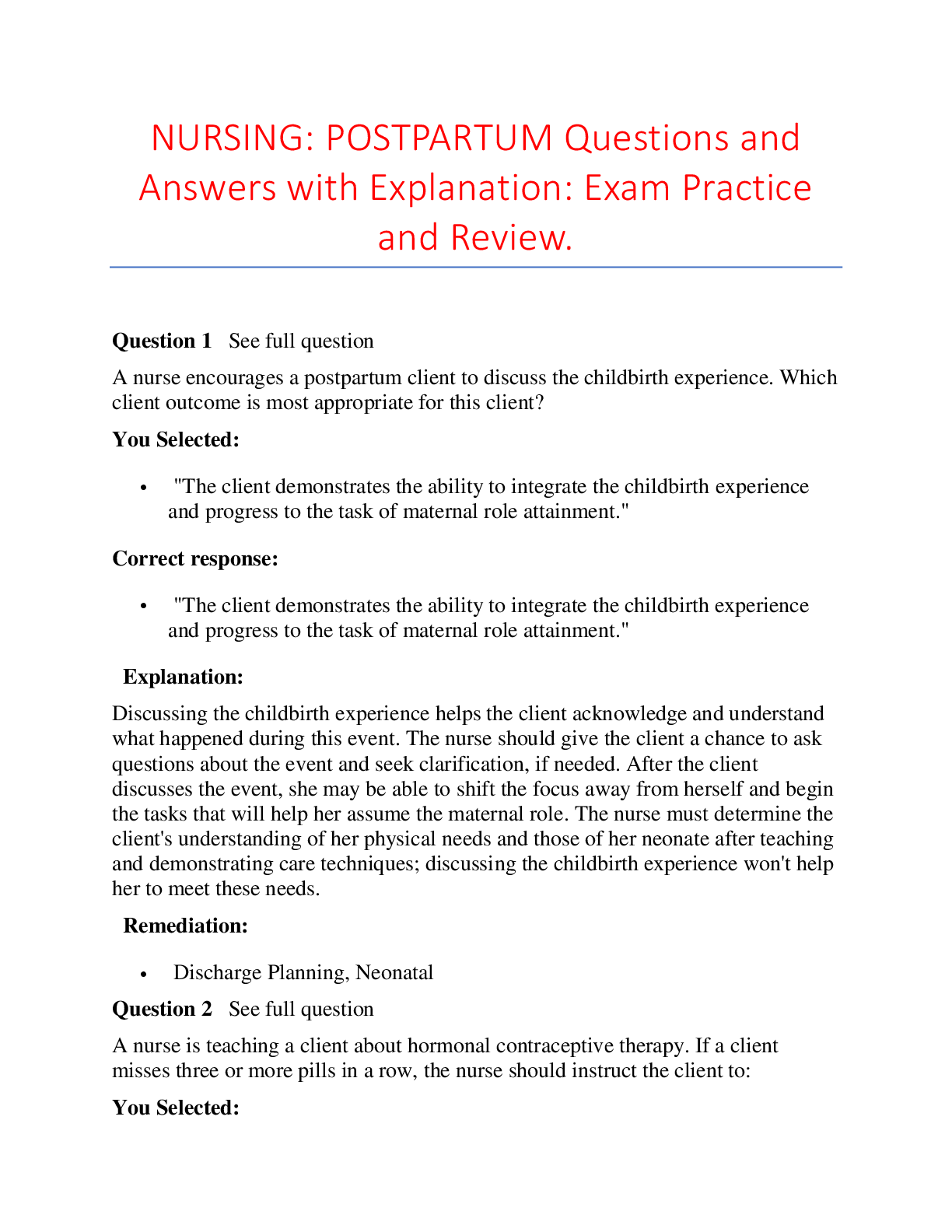
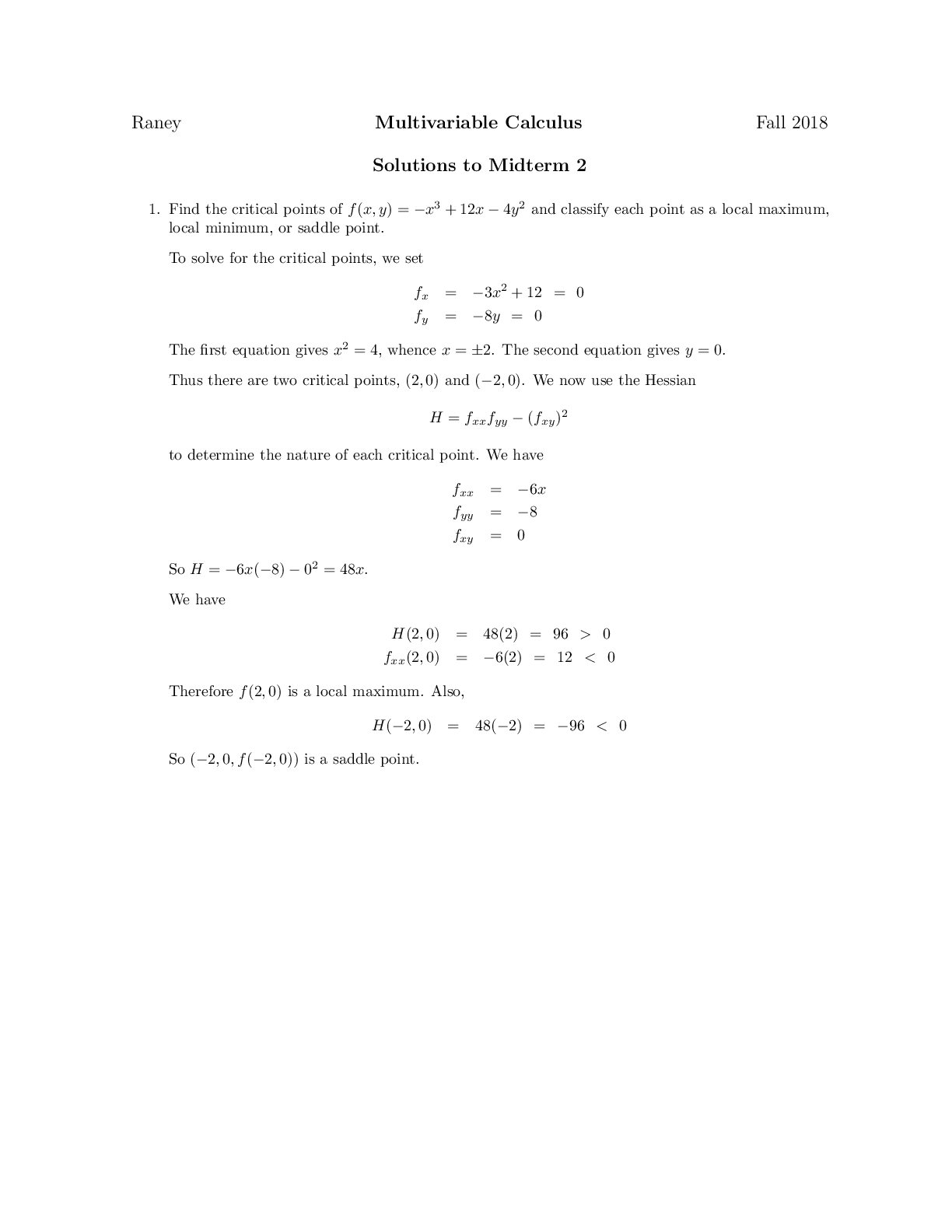


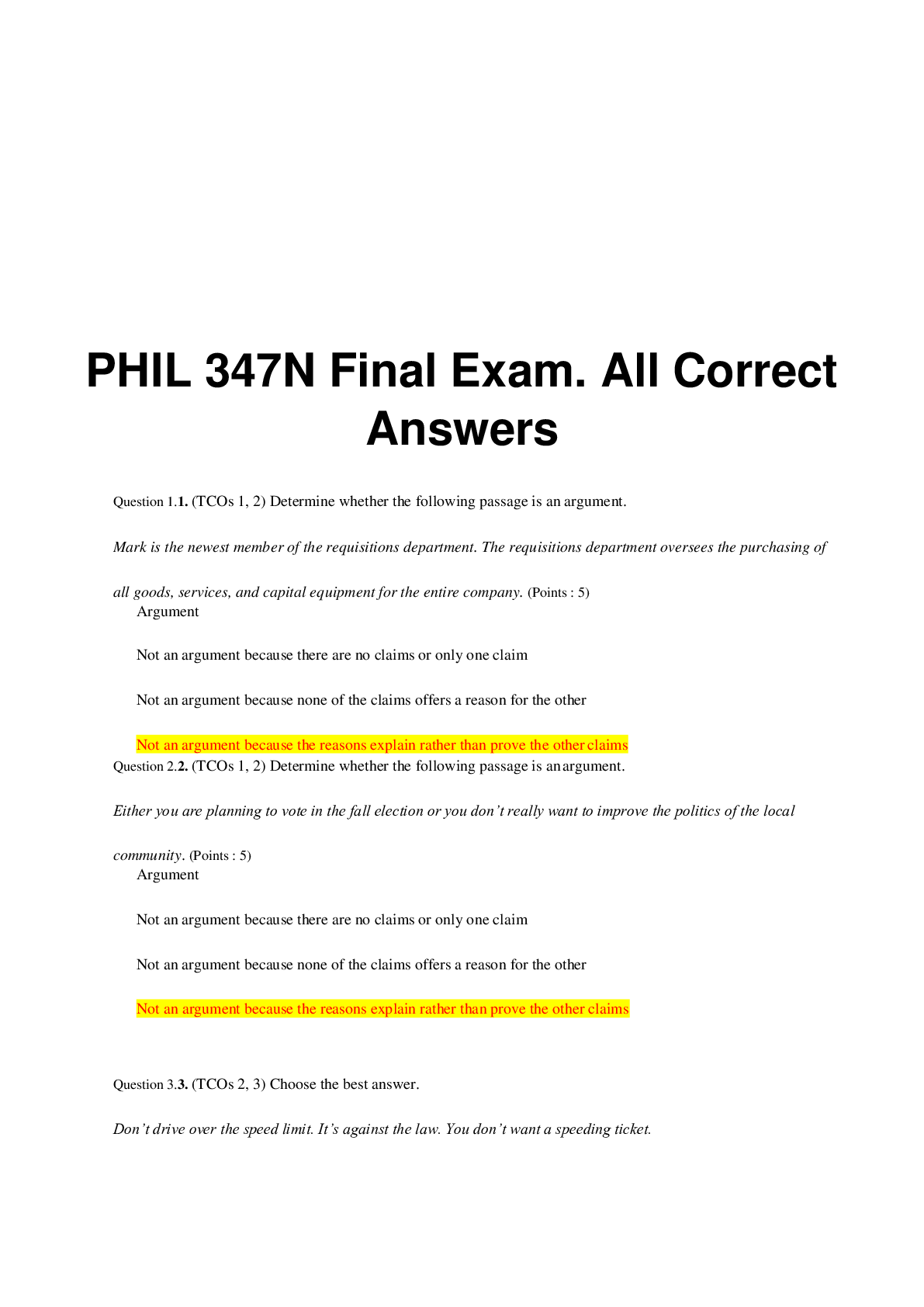
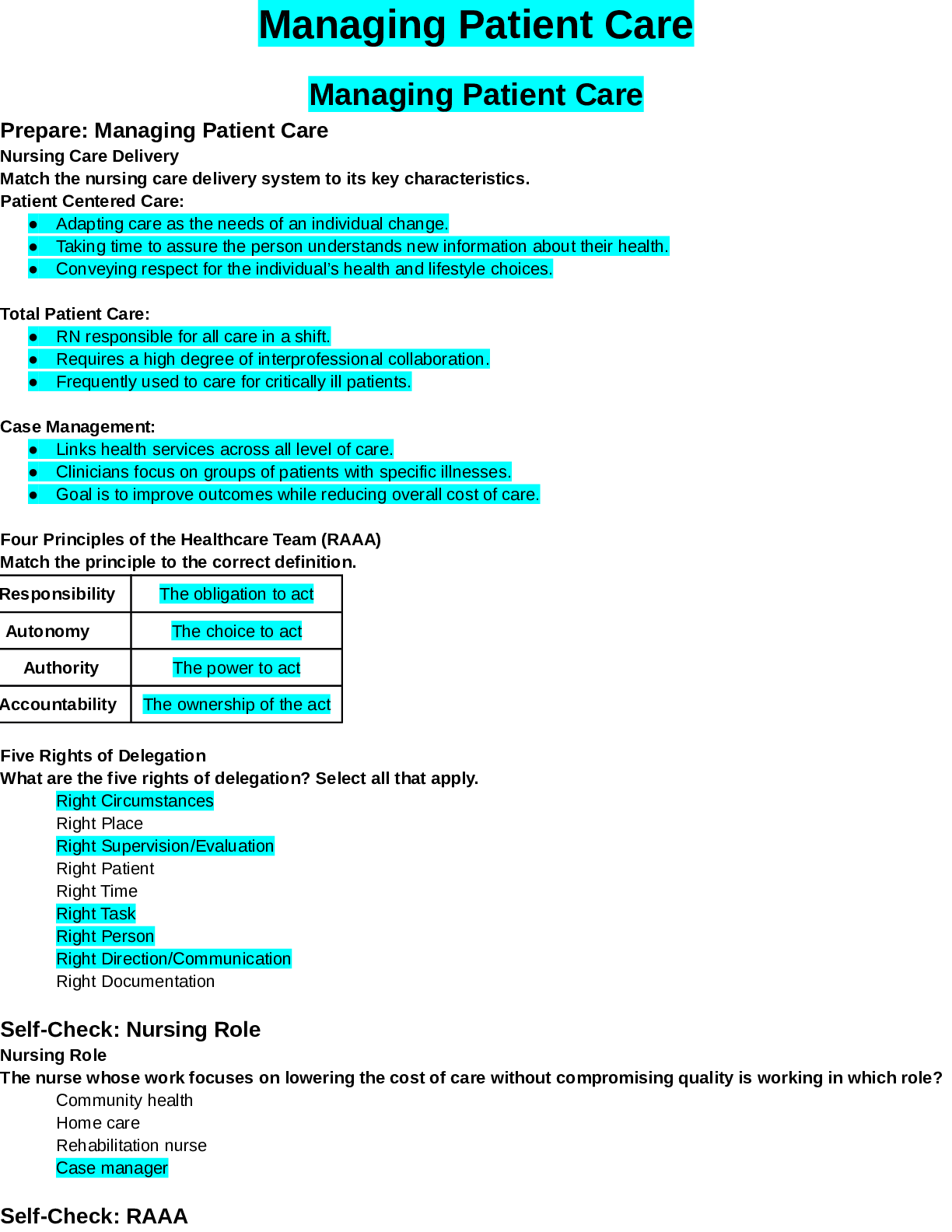




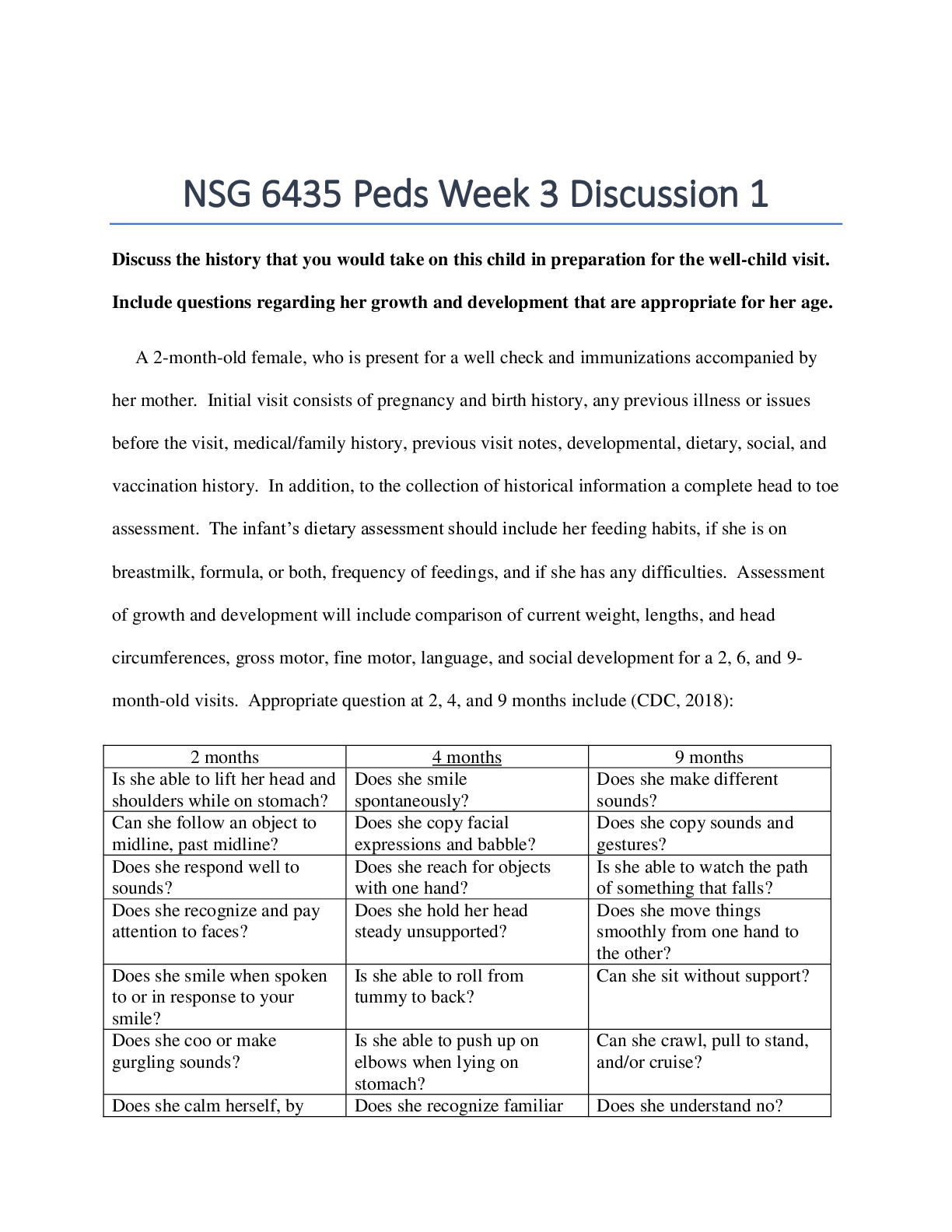
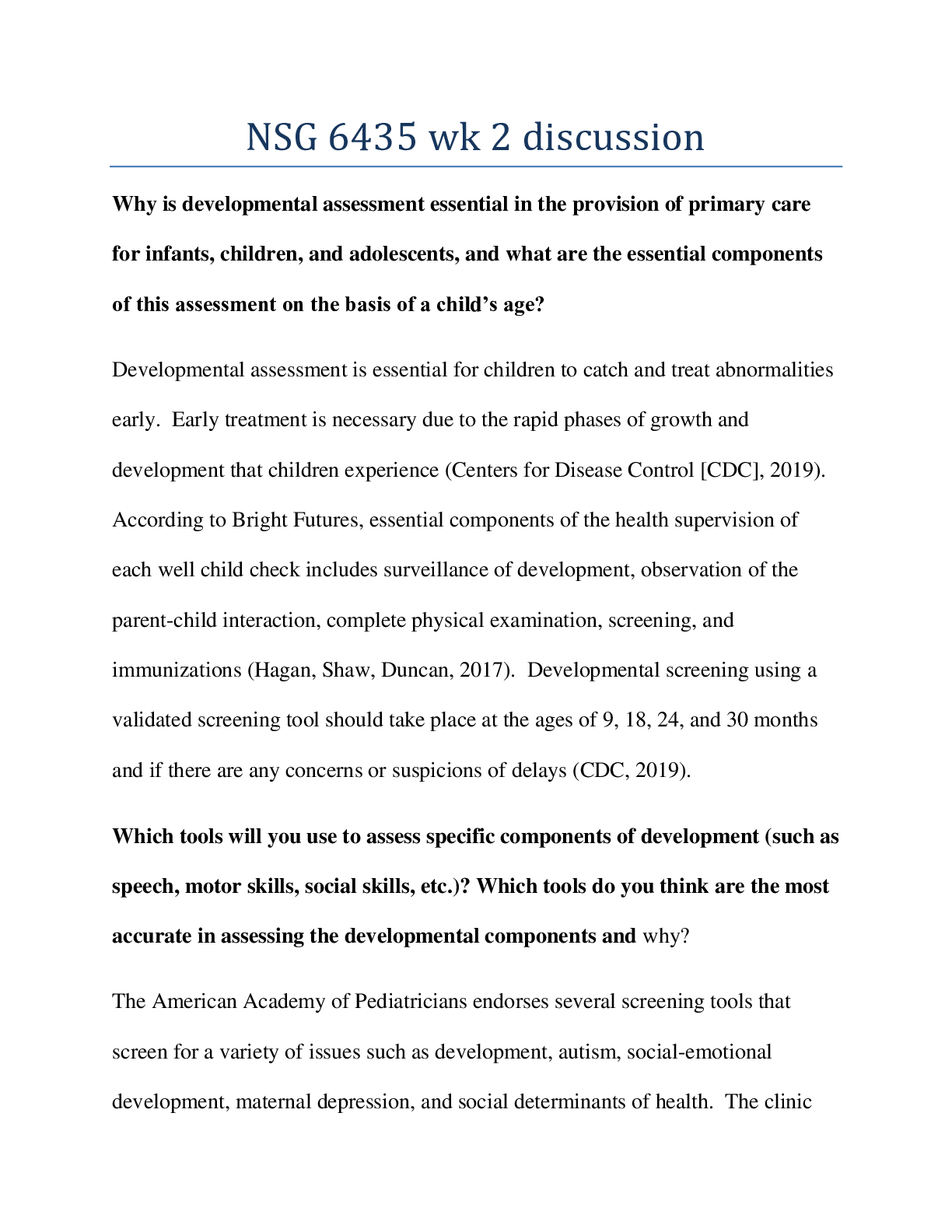


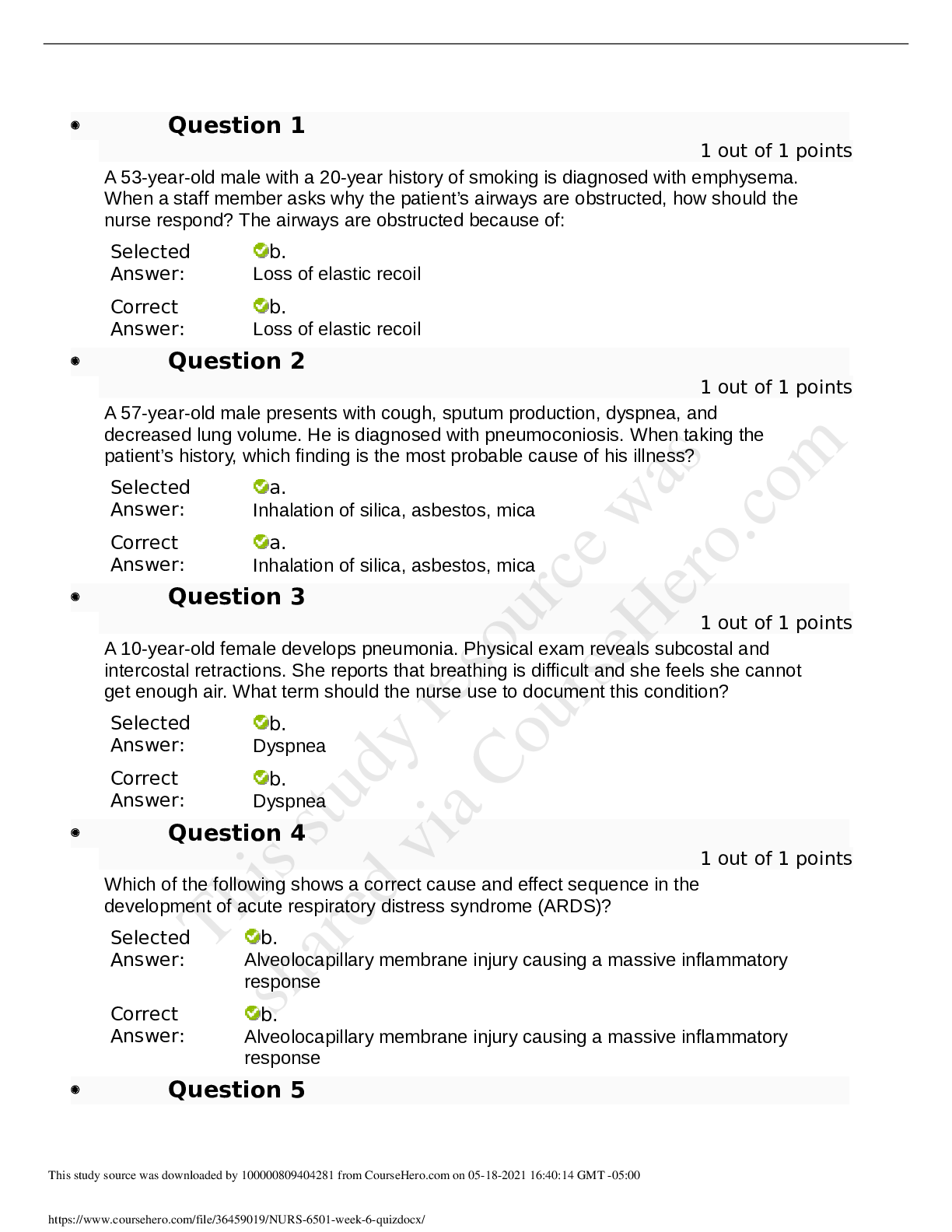
.png)
.png)

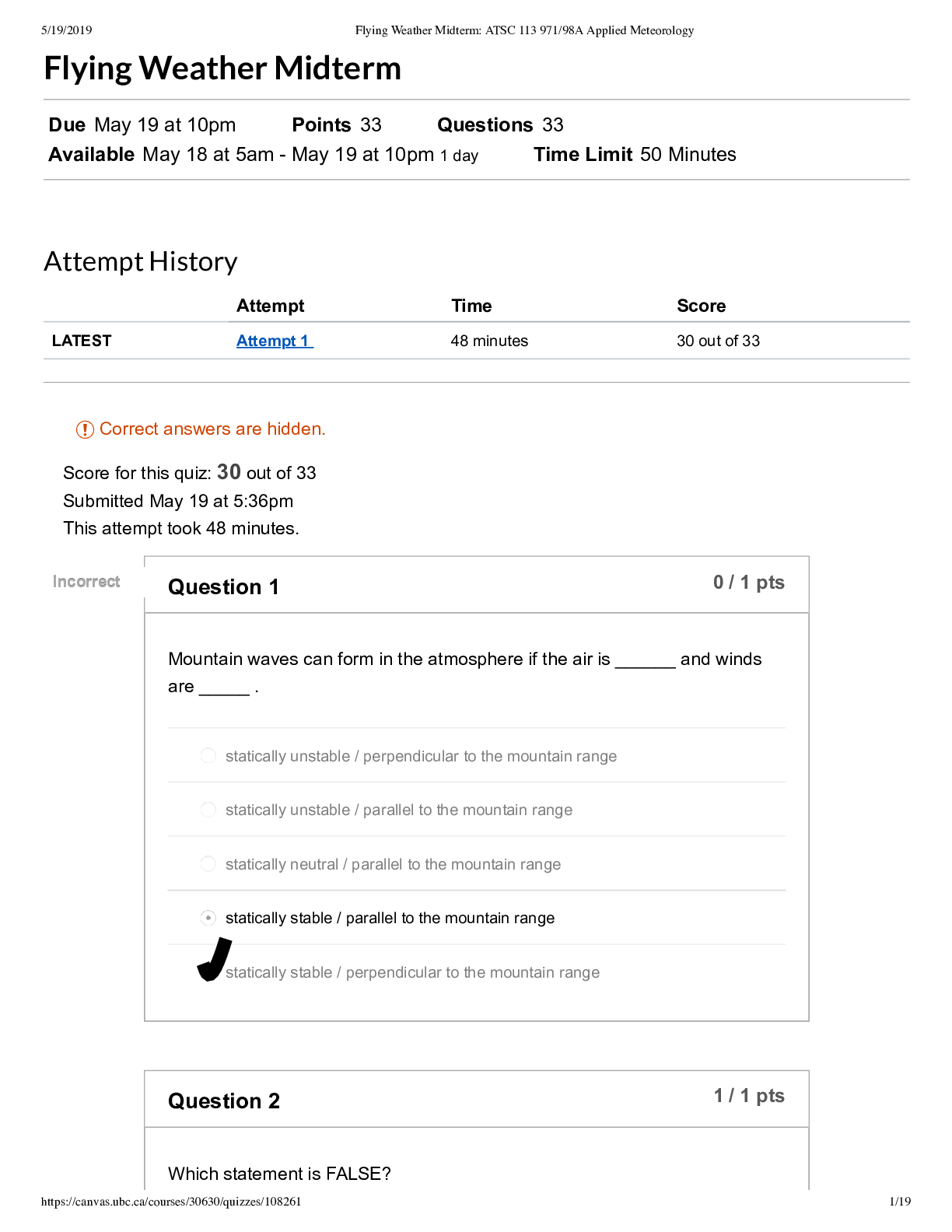

.png)
.png)

